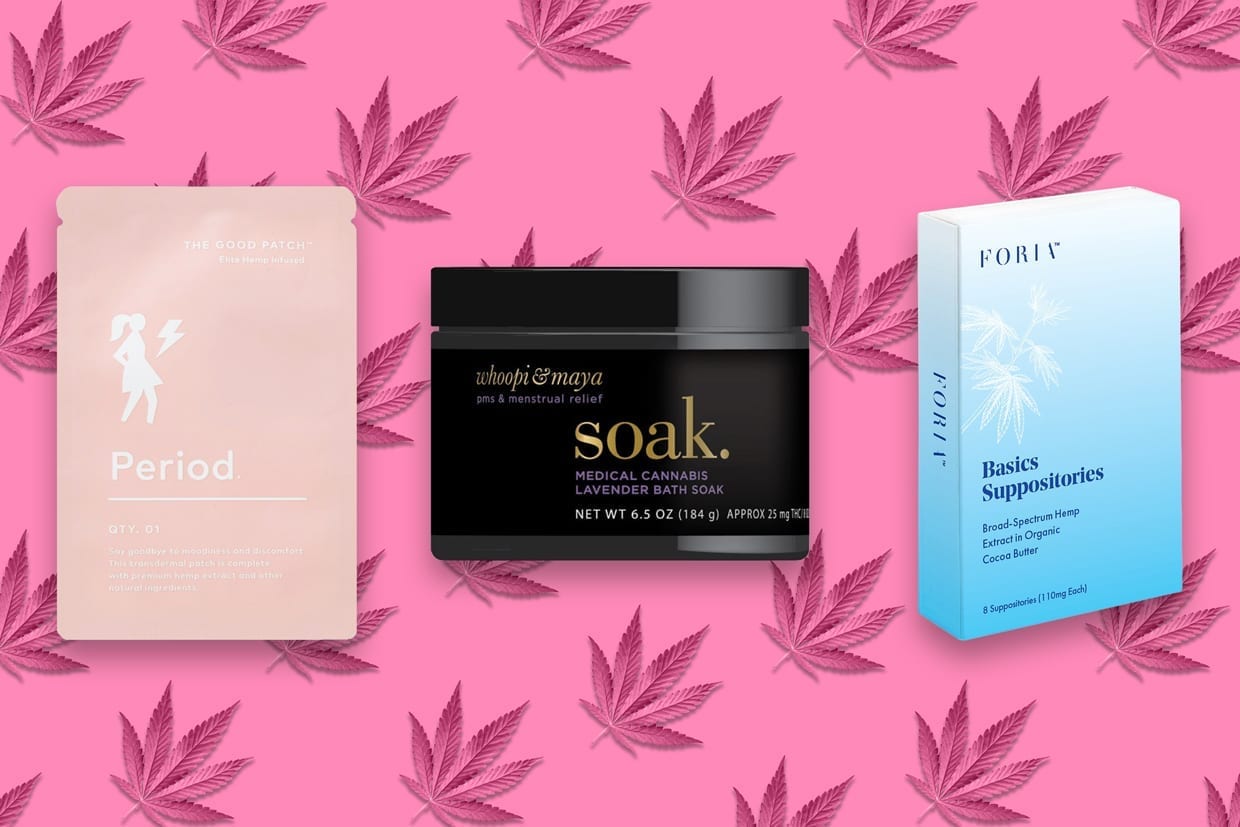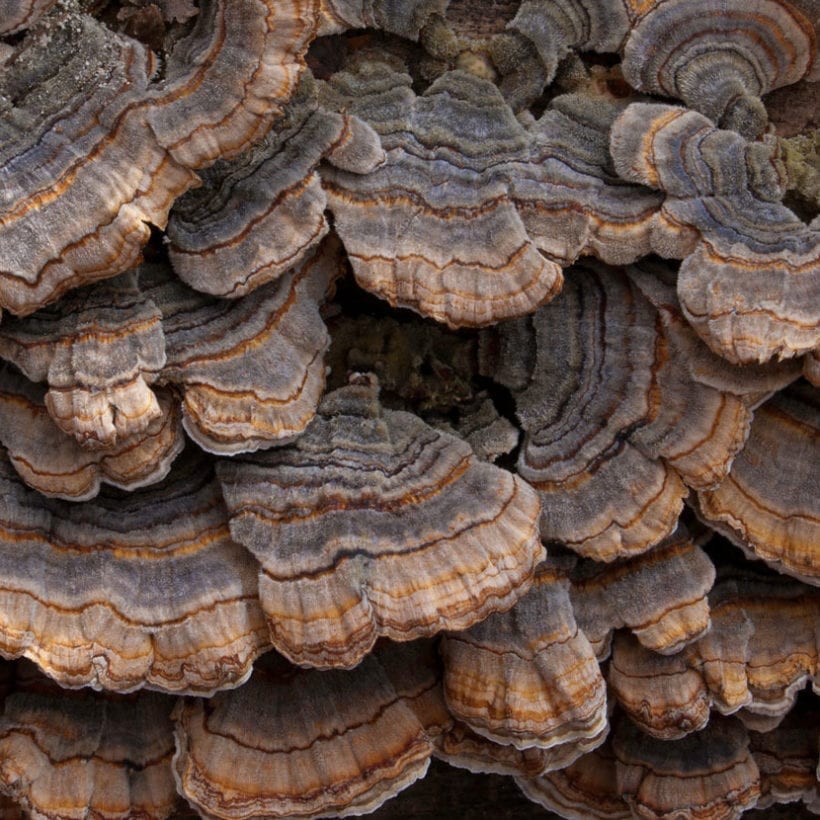It is 2019, and if you are not regularly grabbing a cannabidiol (CBD)-infused water before work, chewing a CBD gummy before bed or even dropping some CBD tinctures into your afternoon coffee, you might be missing out. Even dogs are using CBD. But let’s get one thing out of the way first: CBD will not make you high. Although it is an extract of the cannabis plant, CBD does not contain tetrahydrocannabinol (THC), which is the mind-altering ingredient found in marijuana.
Proven as a natural remedy for anxiety, stress and insomnia, the CBD industry is booming. In fact, Brightfield, a cannabis research firm, says the CBD market is expected to reach $22 billion (yes, billion) by 2022. That is a lot of people feeling good about themselves. So good, that the 2018 Farm Bill was passed at the end of last year, making hemp — a form of cannabis with less than 0.3 percent THC, from which you can extract CBD — an agriculture crop instead of an illegal substance. (Two things to note: Recreational marijuana is legal in 10 states and the FDA still has regulations on CBD in food.)
But if the magic oil/pill/gummy/tincture seems to be a cure-all for these problems, it begs the question: Can it help with women’s health, like cramps, PMS symptoms and mastalgia? Could a suppository be the answer to period pain? Oil for breast tenderness? Lube for pain during sex?
Could a suppository be the answer to period pain?
Unfortunately, the answer is murky — at best.
“The benefits of CBD for women’s health are still controversial. There is a serious lack of trials [and] evidence-based data proving or disproving the benefits of CBD for women’s health disorders,” says Adeeti Gupta, M.D., founder of Walk In GYN Care.
But what about the products — like The Good Patch for PMS, Whoopi & Maya’s Medical Cannabis Bath Soak for menstrual relief or Foria Vaginal Suppositories for period pain — circling the wellness world? Gupta says there are no trials proving CBD is helpful for PMS symptoms. And, while it may seem like the answer for natural pain relief, Gupta warns against it. “One can use it and it is being used off label now at various places but there is no clear evidence in medical studies thus far that it helps or if it has just a placebo effect. Theoretically, CBD oil should help as a co-analgesic, meaning it can be used in addition to regular pain medication to help. However, studies have shown that CBD and THC used in low doses improve the pain scale only by 0.5 ( on a scale of 1-10). So, although there are theoretical benefits, we do not have clear data to support the benefits yet.”
And speaking of THC — the ingredient CBD is supposed to be formulated without — Gupta says, “we need to be wary of are any contaminants in the formulation that would contain THC.” The safest form is hemp oil formulations, but “if the CBD is not pure and has THC (marijuana) mixed in it … one can also experience withdrawal symptoms with prolonged use,” she adds.
While she does not recommend these products as a treatment option at this time, Gupta does have hope. “Even though at this point, we do not have adequate data and literature giving us support and clear guidelines as medical professionals to prescribe CBD for various conditions, we are hopeful that with time we will have more studies allowing us to utilize these if found to be an effective panacea for a lot of chronic, debilitating women’s health pain syndromes,” she says.







